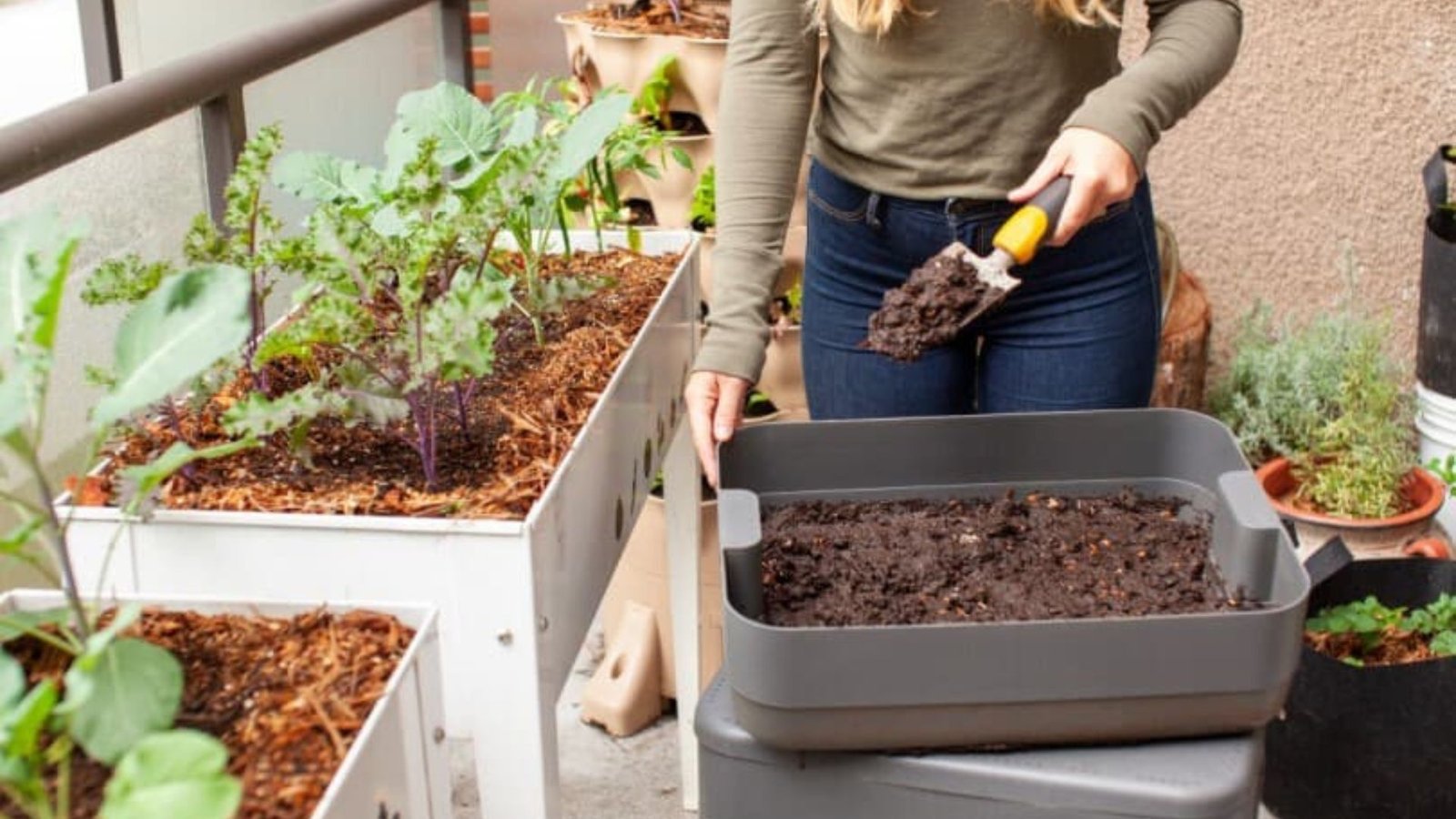Vertical gardening in small spaces is a clever way to cultivate plants when ground space is limited. Whether you live in an apartment with a tiny balcony or have a compact backyard, vertical gardening allows you to grow a variety of plants upwards, utilizing walls, trellises, and vertical structures. In this article, we’ll explore the best practices for creating and maintaining a thriving vertical garden in small spaces.

Understanding Vertical Gardening in Small Spaces
Vertical gardening in small spaces involves growing plants vertically rather than horizontally. This method maximizes space by using walls, fences, or structures to support plants, making it ideal for urban environments or areas with limited ground space.
Choosing the Right Plants
Selecting suitable plants is crucial for successful vertical gardening in small spaces:
Compact and Climbing Varieties
Opt for plants that are compact or have climbing habits. Examples include tomatoes, cucumbers, beans, and peas. These plants thrive when trained to grow upwards, saving valuable ground space.
Herbs and Leafy Greens
Herbs like basil, mint, and parsley, as well as leafy greens such as lettuce and spinach, are excellent choices for vertical gardens. They require less space and can be grown in containers or hanging planters.
Designing Your Vertical Garden
Effective design plays a key role in maximizing space and ensuring plant health:
Vertical Structures
Install trellises, arbors, or wall-mounted planters to support climbing plants. These structures not only save space but also create visual interest in your garden.
Layering and Stacking
Utilize tiered planters or shelves to stack plants vertically. Arrange plants based on their sunlight requirements, with taller plants at the back and shorter ones in front to ensure adequate light exposure.
Soil and Watering Considerations
Maintaining optimal soil and watering practices is essential for vertical gardening in small spaces:
Quality Soil Mix
Use a lightweight and well-draining soil mix suitable for container gardening. Amend the soil with compost or organic matter to provide nutrients essential for plant growth.
Watering Efficiency
Vertical gardens may require more frequent watering due to faster evaporation. Use self-watering systems or drip irrigation to ensure plants receive consistent moisture, especially during hot weather.
Maintenance Tips
Regular maintenance ensures your vertical garden thrives throughout the growing season:
Pruning and Training
Trim and prune plants to encourage upward growth and prevent overcrowding. Train climbing plants to climb trellises or supports to maximize vertical space.
Pest and Disease Management
Monitor plants regularly for pests and diseases. Use organic pest control methods and practice good hygiene to prevent issues that can affect plant health.
Benefits of Vertical Gardening in Small Spaces
Vertical gardening offers several benefits for urban gardeners and those with limited space:
Maximized Growing Area
Utilizes vertical space effectively, allowing you to grow more plants in a smaller footprint.
Aesthetic Appeal
Adds greenery and visual interest to small outdoor spaces or indoor areas.
Environmental Benefits Vertical Gardening in Small Spaces
Water Conservation
Vertical gardening can be more water-efficient than traditional gardening methods. Water used in vertical systems is often recirculated or absorbed more effectively by plants, reducing overall water consumption.
Air Quality Improvement
Plants grown vertically contribute to improved air quality by absorbing carbon dioxide and releasing oxygen. They also help filter pollutants and particulate matter from the air, creating a healthier indoor or outdoor environment.
Conclusion
In conclusion, vertical gardening in small spaces is a practical and creative solution for growing plants when ground space is scarce. By choosing the right plants, designing efficient vertical structures, and maintaining proper soil and watering practices, you can create a flourishing vertical garden in any limited space. Whether you’re cultivating vegetables, herbs, or ornamental plants, vertical gardening allows you to enjoy gardening benefits even in urban environments. Start planning your vertical garden today and transform your small space into a thriving green oasis.











